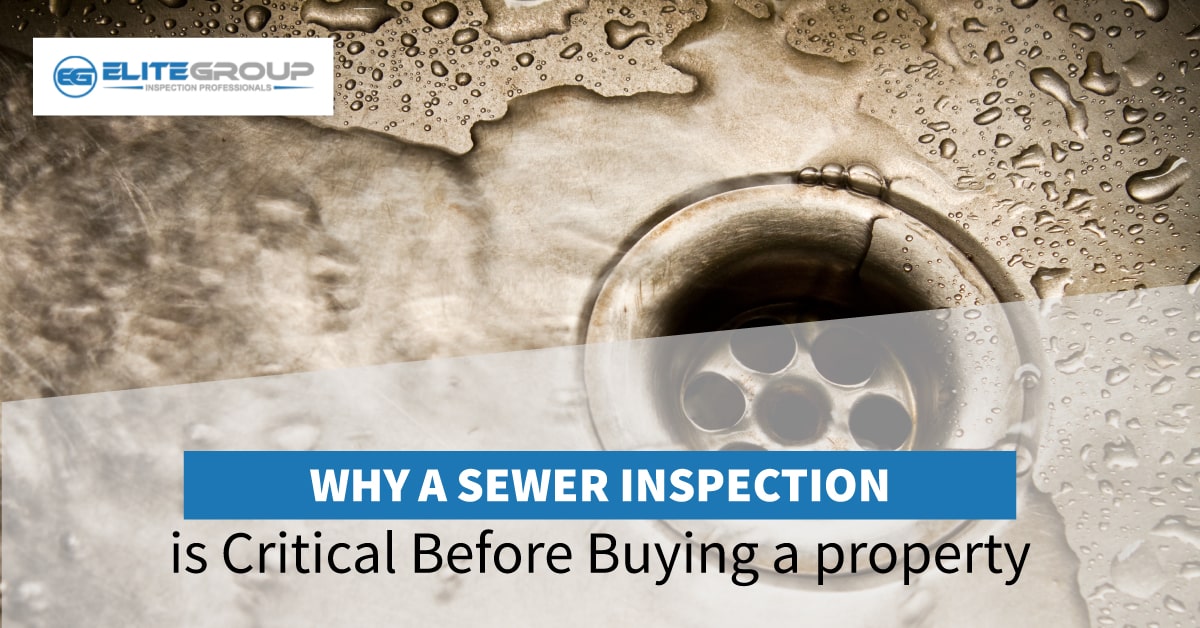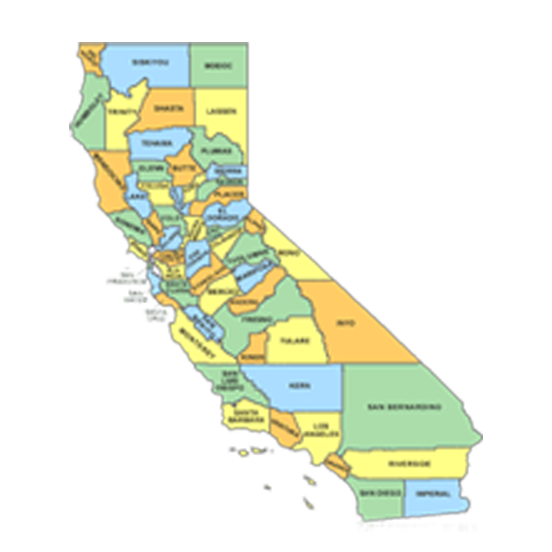Why a Sewer Inspection is Critical Before Buying a property

There are many aspects to consider when buying a house, but you should never disregard the sewer system. Sometimes out of sight, sewer lines are essential to a building’s general functionality and long-term value. Before purchasing a property, it is necessary to conduct a complete sewer inspection. Doing so might save expensive surprises and hassles later on. This inspection intends to evaluate the state of the sewer lines, spot any possible problems, and confirm that local laws are being followed. In this blog, we look into the factors that make a sewer inspection crucial, exposing unseen dangers that might affect the investment and equipping buyers to make wise real estate decisions, and how much a sewer inspection costs.
The Importance of Sewer Inspections In the Home Buying Process
Buying a home is an extensive and exciting process that frequently requires a significant financial commitment. While prospective homebuyers concentrate on a property’s outside features, such as its appearance, design, and general condition, one vital component is typically disregarded but can significantly affect its long-term worth and usability: the sewer system. Before finalizing a house purchase, a thorough sewer inspection is essential since it can disclose hazards and potential problems that may not be immediately obvious. Below are some reasons why homebuyers should look forward to sewer inspections as a significant part of their home-buying process.
- Uncovering Hidden Issues: The placement of sewer lines is often underground, making it impossible for the unaided eye to see them. Homebuyers might not be aware of any current or potential issues with the sewer system without a thorough investigation. If problems like tree root invasions, obstructions, leaks, or damaged pipes go unattended, they can result in significant interruption and expensive repairs.
- Preventing Expensive Surprises: A sewer inspection helps protect buyers from costly surprises that could occur after the purchase. Sewer line replacement or repair can be an expensive process that could cost the homeowner thousands of dollars.
- Assessing Long-Term Value: The state of its sewer system impacts a property’s long-term value. A well-kept and functional sewer system enhances a property’s charm, but one that has been compromised can make it less desirable to potential purchasers.
- Preventative Actions: Buyers can take preventive action by foreseeing potential sewer problems before purchasing a home with the help of sewer inspections. If a sewer inspector finds flaws, buyers can bargain with the vendor to have them fixed or adjust the purchase price.
- Securing Safe Living Conditions: A clean and healthy environment requires a functional sewer system. A broken sewer system can cause unpleasant odors, sewage backups, and possible health risks.
- Compliance with Local Regulations: Some areas have particular rules governing the upkeep of sewer systems. A sewer inspection helps avoid any negative legal or financial outcomes by confirming that the property complies with these rules.
- Evaluating Older Properties: Older residences are more vulnerable to sewer problems since the infrastructure naturally ages. When buying an older property, a sewer inspection becomes even more critical.
- Finding Deterioration Signs: Sewer pipes can become damaged from aging, corrosion, or ground settling. A sewer inspection can spot deterioration and help buyers determine the degree of upkeep needed.
- Finding Potential Blockages: Debris or tree roots that get inside the pipes can cause sewer lines to clog. These obstacles can be located via a sewer inspection, allowing for their removal before they become more serious issues.
- Quality Assurance Matters: A professional sewer inspection ensures that the sewer system’s installation and state are up to code. This gives purchasers confidence in the overall quality of the home.
What Are the Common Issues Found During Sewer Inspections?
Maintaining the infrastructure that underpins contemporary cities and communities requires regular sewer inspections. Proper sanitation and wastewater control are made possible by sewer networks. Routine inspections are crucial to find and fix potential problems before they become serious ones that could interrupt everyday life and necessitate expensive repairs.
Blockages and Clogs
Blockages and clogs are among the most typical issues found during sewer inspections. The smooth flow of wastewater can be hampered by accumulating various debris, oil, and foreign objects over time in the sewer systems. These obstructions can cause backups, resulting in sewage overflowing into surrounding homes, streets, or bodies of water, creating unclean conditions and pollution.
Cracks and Fractures
Typically, sewer lines are built of PVC, concrete, or clay, all of which are brittle and prone to fracture over time. These problems might be brought on by deteriorating infrastructure, shifting soil, tree root incursion, or outside pressure. In addition to allowing wastewater to leak into the nearby soil, cracks in sewage lines also provide a pathway for tree roots, exacerbating the issue and raising the possibility of structural instability.
Corrosion and Deterioration
Metal sewer pipes are subject to corrosion, a natural process more prevalent in older systems. Corrosion and rust weaken the pipe walls, resulting in leaks, reduced flow capacity, and even collapses. Other materials, such as clay or concrete pipelines, may also deteriorate over time from exposure to the harsh environment and chemicals in wastewater.
Tree Root Intrusion
Tree roots can enter sewer pipes through even the smallest holes or joints because they are relentless in their search for moisture. Once inside the pipe, tree roots will develop and spread, obstructing the flow and inflicting structural harm. The prevalence of this problem is especially high in older sewer systems with clay or concrete pipes.
Misaligned or Disjointed Pipes
Sewer pipes that are misaligned or disjointed may result from improper installation or ground movement. These misalignments leave spaces for material to gather, potentially causing clogs and leaks. Disconnected pipes are also more likely to collapse, seriously disrupting the sewer system.
Bellied Pipes
Bellied pipes are sewer line segments that have submerged due to soil erosion or settlement. Blockages and potential backups frequently occur because of the accumulation of solid waste and other material at these low points in the pipe. If you don’t resolve the problem immediately, it could worsen over time and cause serious harm.
How Much Does A Sewer Inspection Cost?
The accessibility of the cleanout valve, the kind of inspection service, and the property’s location all affect the price of a sewer inspection. Sewer inspections typically cost between $200 and $1,100 in the United States, ranging from $100 to $2,700 on average. Most plumbers often charge a set rate for sewer inspections.
Secondly, the price of a sewer inspection varies depending on how easily accessible the cleanout valve is. Even though most plumbers bill by the hour, a sewer scope inspection is typically provided for a set price; sewer inspections can cost between $237 and $1,051, with the average cost in the US being $644.
Furthermore, the length of the line being inspected and any obstructions in the line affect how much a sewer camera inspection costs. Due to outdated equipment, less-priced video line inspections could create images of lower quality. A sewer camera inspection typically costs between $300 and $600.
Discover unparalleled insights into your commercial property with Elite Commercial Inspections. Our experienced team uses advanced technology for thorough assessments. Get comprehensive reports, ensure compliance, and prioritize safety. So, book your inspection today!





Leave A Comment